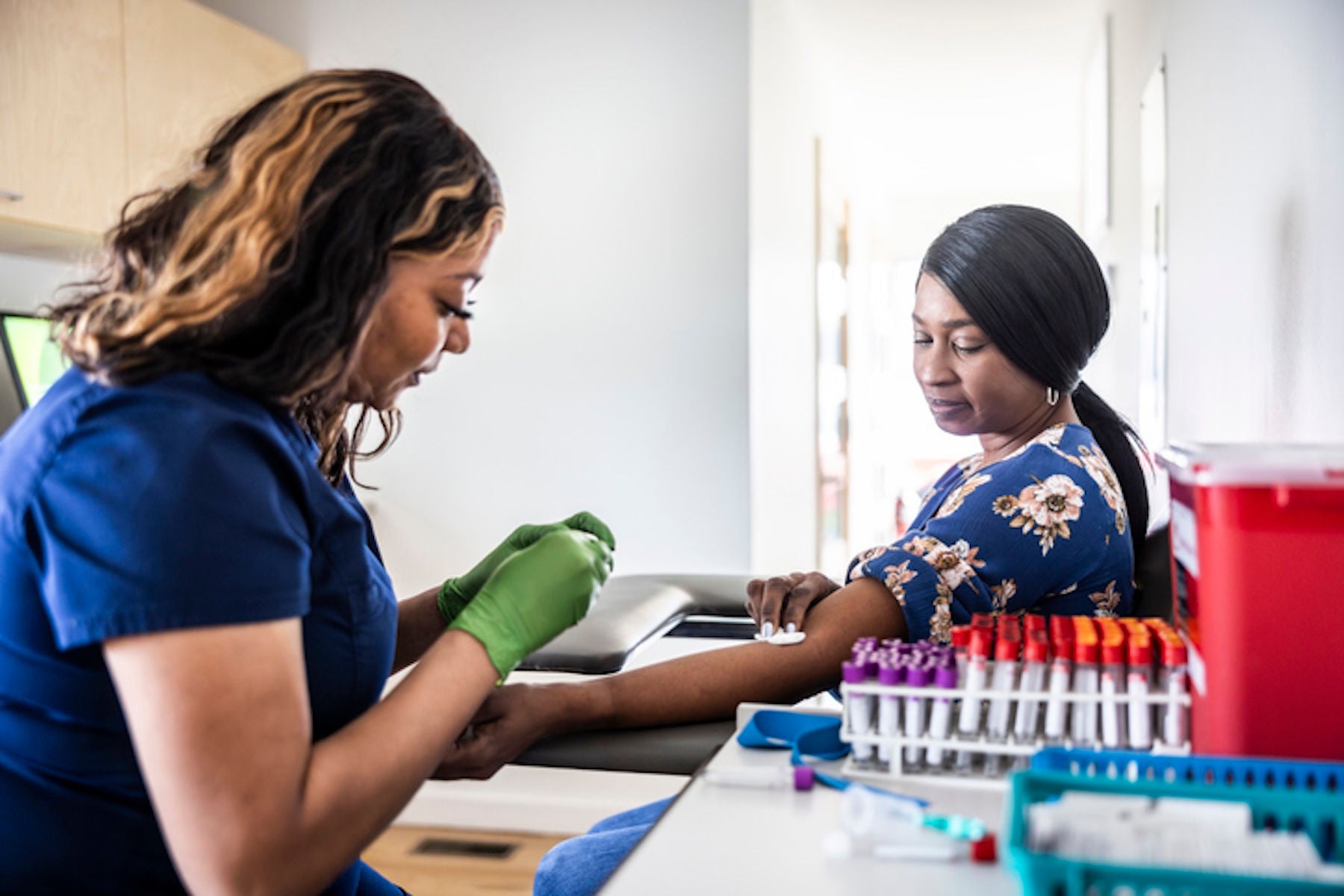All about the A1c test

The A1c test is used to screen for type 2 diabetes as well as prediabetes. For people who have been diagnosed with diabetes, it is used to monitor how well the condition is being managed over time.
You may see the test referred to as a hemoglobin A1c, HbA1c, glycated hemoglobin or glycohemoglobin test. Hemoglobin is a part of red blood cells that carries oxygen to the cells around your body. Glucose attaches to the hemoglobin in your blood cells. The higher the level of glucose in your blood, the more glucose will attach to hemoglobin.
How is an A1c test done?
An A1c test is a blood test. You don’t have to fast before an A1c test or do anything else to prepare. The blood draw for an A1c test can take place at any time of day. A lab will process and analyze your blood sample.
What do A1c test results mean?
The results of an A1c test are reported as a percentage. The results of an A1c test reflect average blood glucose levels over the past three months. Here’s what the numbers mean:
Below 5.7%: Normal
5.7% to 6.4%: Prediabetes
6.5% or above: Diabetes
The goal for most adults with diabetes is an A1c that is less than 7%. Higher levels can mean a greater risk of developing diabetes complications.
The A1c test is not the only test that can be used to diagnose prediabetes and diabetes. Your provider may suggest using another test like a fasting plasma glucose (FPG) or oral glucose tolerance test (OGTT) to make an official diagnosis. Talk to your provider for more information about which testing options make the most sense for you.
How often do I need an A1c test?
If you have not been diagnosed with diabetes, your provider may run an A1c test once a year as part of your annual screenings.
If you have been diagnosed with diabetes, your provider will tell you how often you need to have an A1c test. If you’re meeting your treatment goals, you may get them at least twice a year. If you’re not meeting your goals, you may need them every three months.
How do I make sure I’m getting the screenings I need?
Schedule an appointment with a primary care provider to make sure you’re up to date on important screening tests that help you stay on top of your health.
Was this article helpful?
Don't wait! Unlock a healthy, happy new year, at no cost to you.
This content is not intended to be a substitute for professional medical advice, diagnosis or treatment. Always seek the advice of your physician or other qualified health provider with any questions you may have regarding a medical condition.
